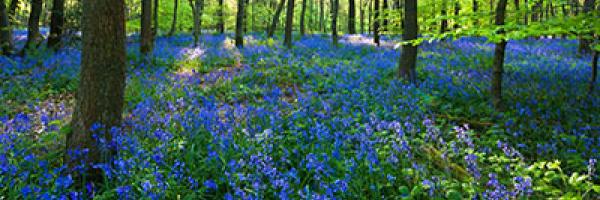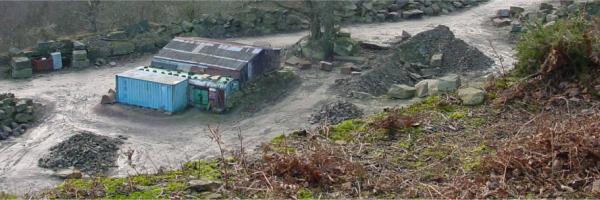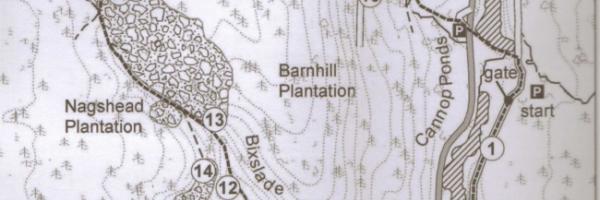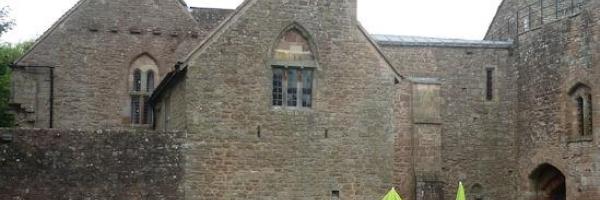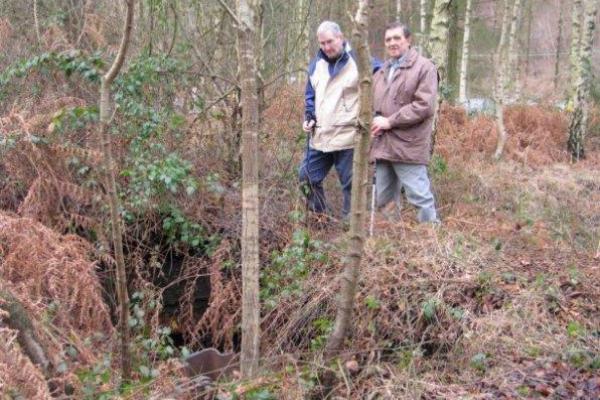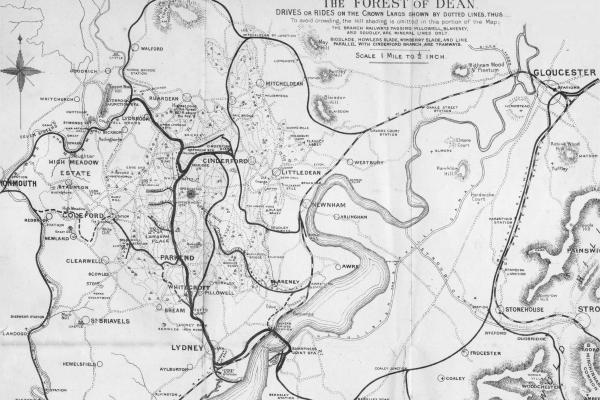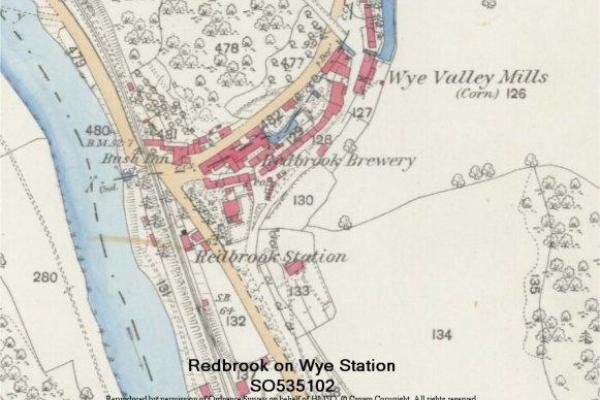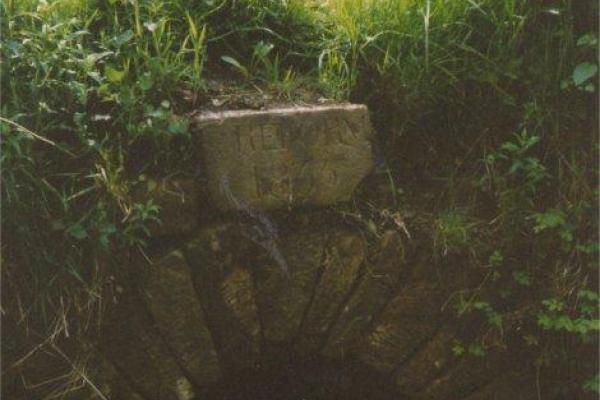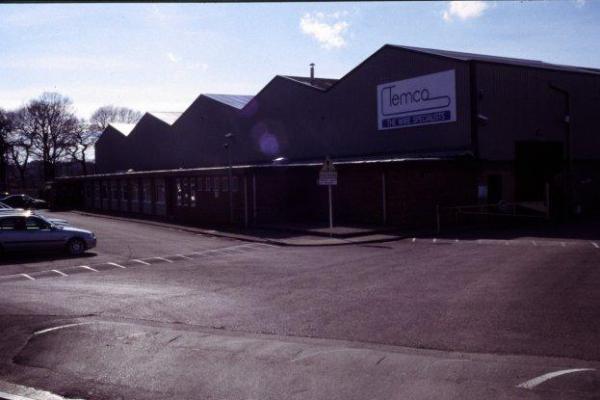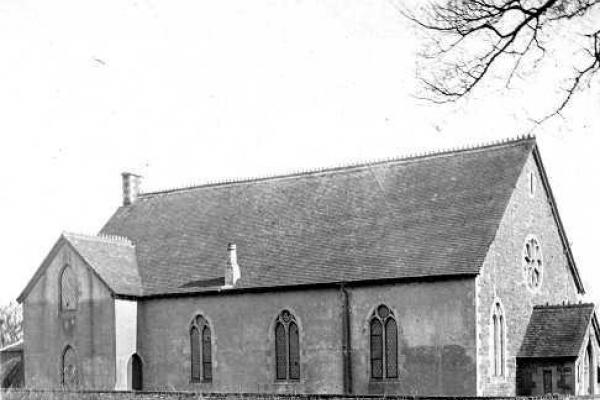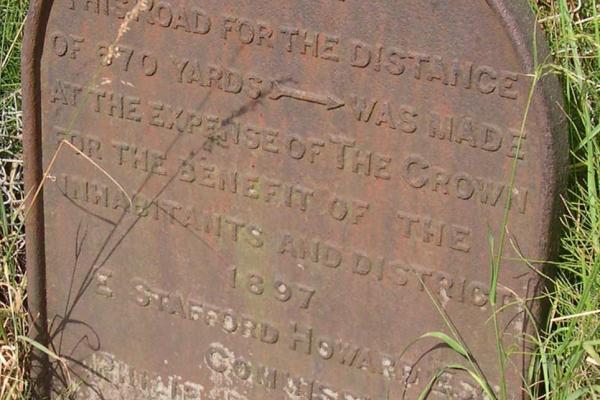Population and Housing
The settlement of the Forest has been very much influenced by the fact that for most of its history it has been Crown land and extra-parochial, so that for many... Read More
Princess Royal Colliery
This was first galed to the Priest brothers in 1842, but did not prove very profitable and had a succession of owners before the Princess Royal Colliery Co. Read More
Redbrook Incline
Redbrook Incline is on the Redbrook Branch of the the Monmouth Railway, a horse-drawn tramroad which ran from Broadwell to May Hill, near Monmouth, via Coleford, Newland, and Redbrook. Read More
Redbrook-on-Wye Station
Redbrook-on-Wye (commonly referred to simply as Redbrook) station, on the Wye Valley Railway between Chepstow and Monmouth, opened with the line on 1 November 1876. Read More
Reform Bridge
‘Reform Bridge’ is located to the south of Speech House Lake. The 1831 Ordnance Survey Map shows a track running through the Forest between Parkend and Yew Tree Brake, and... Read More
Regulator Colliery
Regulator (or Regulation) Colliery was being worked by James Bennett in 1833, although part of his interest had been sold to the Cheltenham Protector Coal Co. by 1841. Read More
Researching local history
RESEARCH GUIDE – 19/3/23 VERSION Read More
 Forest of Dean Local History Society
Forest of Dean Local History Society
